He didn’t eat ANYTHING again … Is this familiar to you? Your child lives on water and bread. It makes you worried and annoyed. Your mother-in-law, your mom, aunt, neighbor all add up to the stress. You might have heard that your child’s lack of appetite boils down to your cuisine. If you used more salt and sugar he would start eating more. Are they right? Who is a poor eater?
Dr. Carlos Gonzalez author of perhaps the most important book about children nutrition says that poor eaters do not exist. I like his reasoning here:
“One of the greatest myths surrounding the nutrition of young children is the idea that “you have to eat so you can grow”. Many people believe growth is the consequence of good nutrition. It is not. Growth is only affected in cases of true malnutrition. If you buy a Minature Pooodle, you can feed it for a small amount of money. If you buy a German Shepherd, you may go broke buying dog food. Do you truly believe that if you feed your Minature Poodle more, you’ll end up with a German Shepherd?
The truth is children do not grow because of what they eat; they eat because they are growing. The size and bulk of a German Shepherd or a Minature Poodle are firmly anchored in their genes; each animal indigest the amount of food (not more or less) that is needed to reach its normal size. The same is true for humans: Those who will be tall, big-boned adults will always eat more than those who will be short and thin.
The child between one and six years of age, who grows slowly, will eat proportionally less than the FAS GROWNING SIX-MONTH-OLD OR TWELVE YEAR OLD. no matter how much you feed him, it is absolutely impossible to make a two year old grow as fast as a six month old or fifteen year old.”
What to do if your child does not want to try new dishes and his menu is very selective?
- Never call a child picky!
It is a tag and a difficult one to shed. “You’re so PICKY” is a message that goes deep in the subconscious of a child. Bite your tongue and do not comment if you don’t have anything positive to say. Simply ask “Are you full? [It doesn’t matter that he barely licked the food. If he answered “Yes” just say “Good. Then go and play”.
- Make it a game!
When you serve a dish, ask your child to test the taste for you. Explain that you do not know whether the taste is good or not and you need their help. Do not go over the top! Even if he said that the taste was good, don’t badger him with “Come on you can try some more”. The fact that he tried is a success! Think log run here 🙂 It’s not about eating broccoli NOW but getting to like them in the LONG RUN. Talk about what you see on the plate, describe the flavors and encourage him to share his insights too. Food must be associated with a nice time. Your child has a right not to be hungry, they can dislike some food just like you do.
- Involve your child in the kitchen.
Prepare food together. A child will be more willing to try porridge that he helped to make than the one that mysteriously got into his bowl. Let your child place the oats in the pot, pour water or milk in and let them choose the add-is such as raisins, dates or shredded apple. When you are preparing dinner let your toddler pass vegetables to peel, pour flour, peel an onion and stir or cut etc . Eating begins in the kitchen and the fascination with the whole process can give surprising results. Encourage your child to tell dad or grandma, etc. about how great they did with making soup.
- Relax.
Stop worrying about HOW MUCH he ate because the child feels your negative emotions. Start to think “ok, so he eats or not. He won’t die and will get hungry eventually.”
- Make the food fun.
Two year olds and older children are very excited if there’s a tree made of broccoli and pasta than just broccoli & past mixed together. Pancakes can be cut into hedgehogs or bears with cookie cutters. You can simply cut them into geometric figures with a knife so you can create a little house. If you ask “What a chimney tastes like?”, you’ll make them curious and excited to try.
- Portions should be small.
A large amount of food may overwhelm and discourage. Smaller children will get encouraged to throw the excess on the floor 😉
- Let them choose.
Allow them take control over their food. No, don’t let them have chocolate for breakfast 😉 When you are placing food on the plates use two serving spoons: small and bigger. Ask your child, “Do you want a small helping of porridge or a larger portion?” Now, the child does not think “I do not want porridge!” but “hmmm I prefer a smaller portion.” Best to let them choose between two, maximum three options. More options can be too overwhelming.
- Serve separately.
Most young children do not like to get mixed food so instead of stew mixed with buckwheat or rice serve rice and gravy separately. It may be difficult to understand why toddlers prefer to see what goes in their dish but you should respect that.
- Stop chasing your poor eater with snacks!
Your child has not eaten breakfast so you fear that your child may feel HUNGER. Sometimes before lunch he had already eaten crisps, cookies, muffins and fruit. No wonder they’re not hungry! I’m not saying that you should skip snack time. I mean that your child SHOULD NOT SNACK ALL THE TIME. Uncontrolled snacking creates bad habits and results in a lack of appetite at a mealtime.
- Sensory integration dysfunction.
Sometimes, lack of appetite is associated with a dysfunction of sensory integration and it takes a lot of time to overcome the hypersensitivity of the sense of smell, taste or touch around the mouth. Your child may be oversensitive to certain smells, textures or flavours. Sensory Integration therapist would create an individualized therapy plan designed to help children cope where they struggle and get used to food they are avoiding. Patience and persistence over being forceful is key.
Dear Mom, dear Dad! I have good news for you: poor eaters don’t exist 🙂 Your child is usually not hungry when you want them to eat. Sometimes it’s due to too many snacks between meals. Sometimes the child refuses to eat because he is forced to eat and associates eating with trauma. And some other times it is a hypersensitivity, which can be easily overcome when you know about the problem.
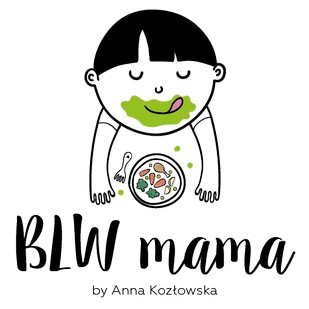
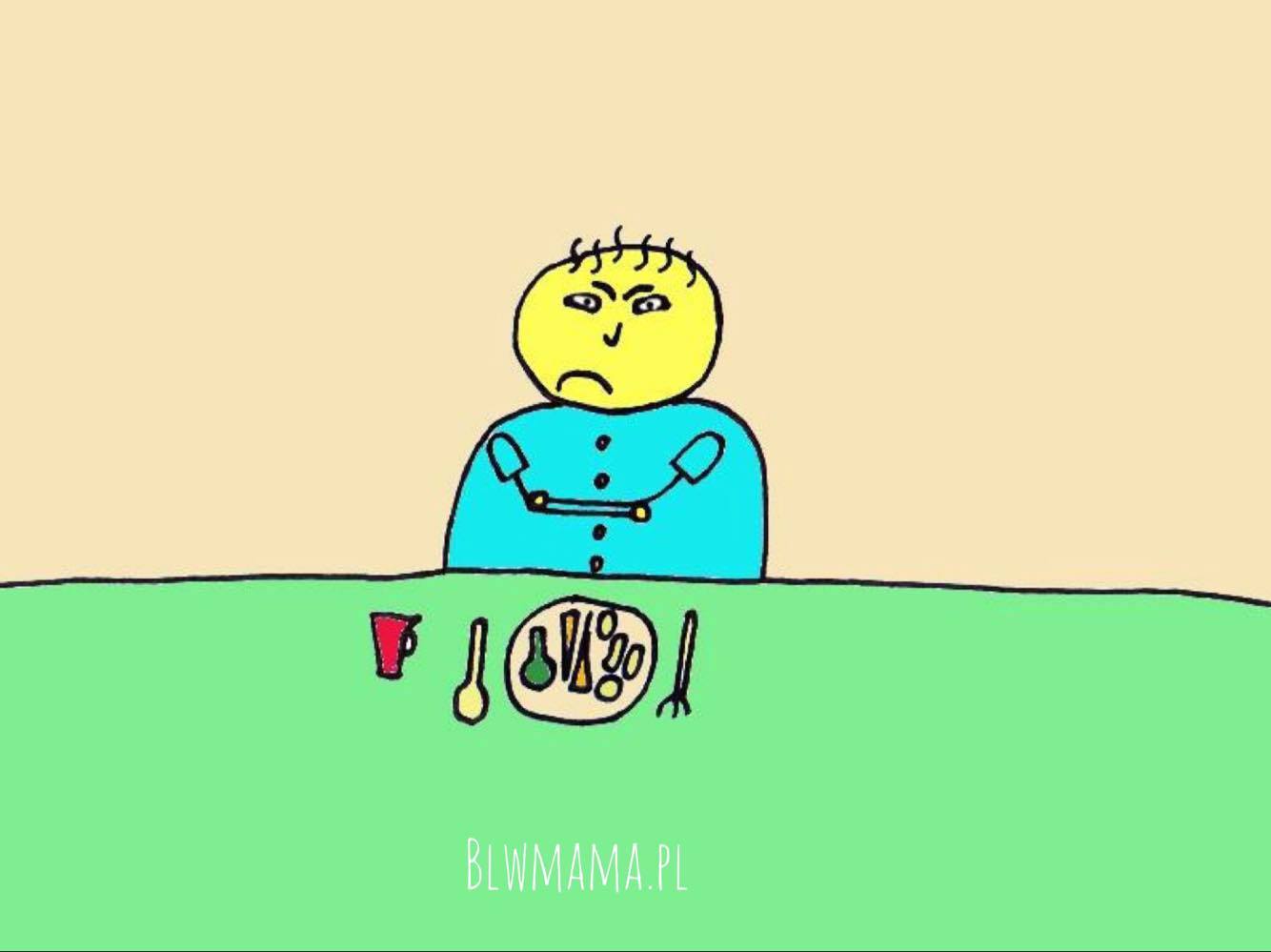
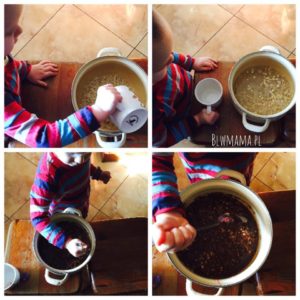



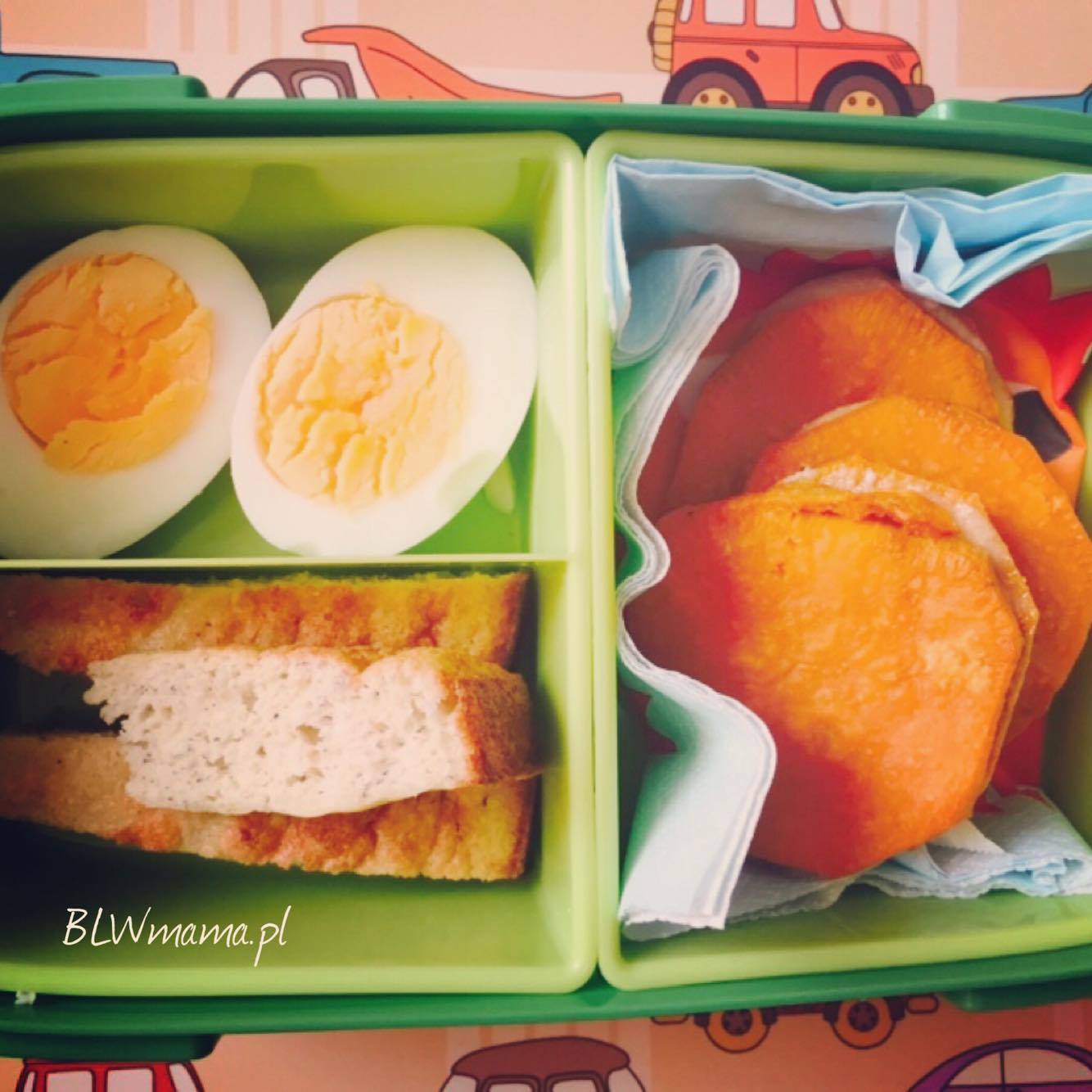


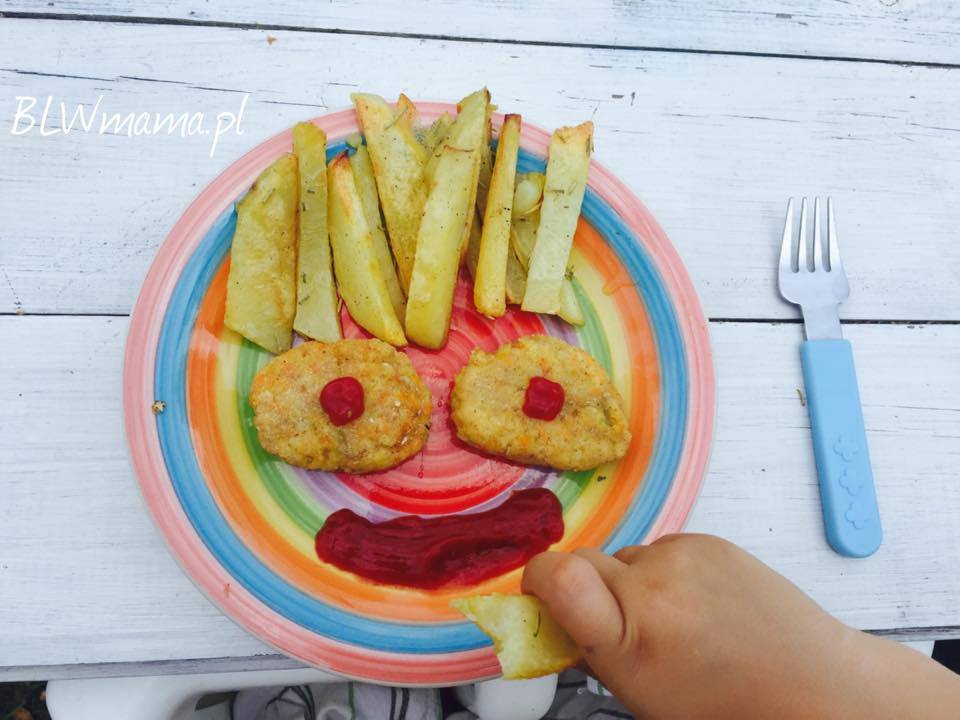

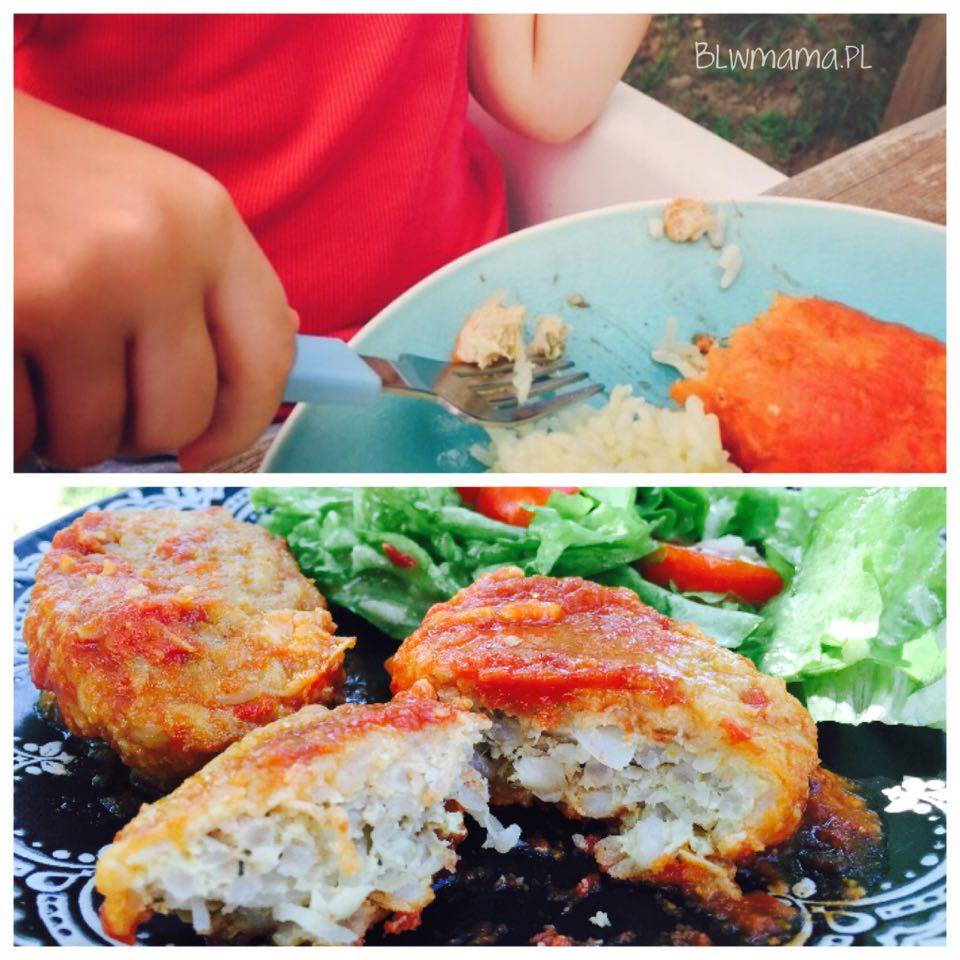
Dodaj komentarz